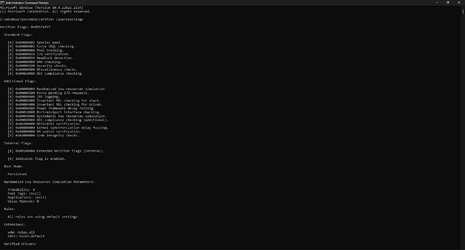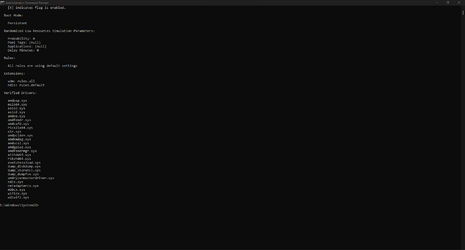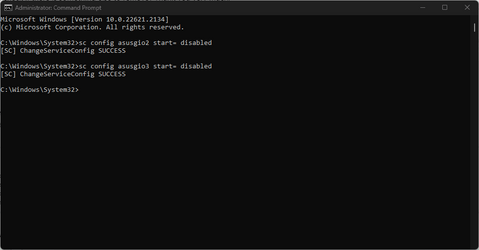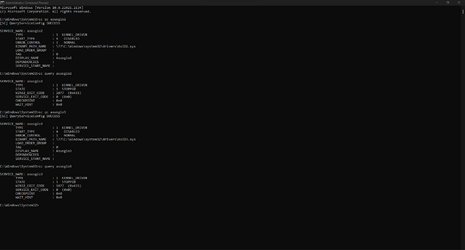I wouldn't necessarily update those GPU drivers immediately since in another thread,
@zbook enabled all of the Driver Verifier options and then the user immediately had a random Stop 0x7E bugcheck. These ceased once Driver Verifier was completely disabled.
Here is the thread for reference:
BSOD when watching YouTube
Yes, probably because you enabled "Low Resources Simulation" which can lead to random unpredictable crashes.
I checked under Services, the two drivers are still there so let's disable them for now using the following from command prompt:
Code:
sc config asusgio2 start= disabled
sc config asusgio3 start= disabled
You will need to reboot the system for the changes to take effect. Afterwards, open command prompt again and then check that the services have been disabled by running:
Code:
sc qc asusgio2
sc query asusgio2
sc qc asusgio3
sc query asusgio3
You may want to create a restore point before disabling the services just as a precaution. You shouldn't have any issues though.















